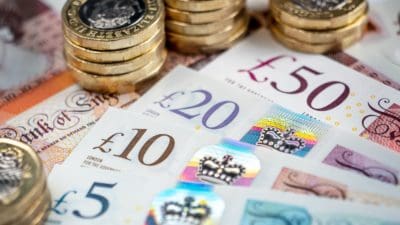Is the end nigh for the era of Big Oil? Will collapsing oil prices, American fracking, OPEC’s impotence and the threat of climate change regulation sink what were once stalwarts of retirement portfolios across the globe?
Maybe. But, just as the apocalyptic forecasts of peak oil in the early 2000s were wrong, the oil industry has proven resilient to the frequent predictions of its demise.
Although the issues currently confronting oil supermajors aren’t insignificant, this Foolish investor sees enough reasons to believe Big Oil can repeat the success of cigarette companies in defying long odds and government regulation to thrive for decades to come.
Supply and demand
The biggest piece of positive news for producers is that the drop in oil prices since mid-2014 hasn’t been caused by falling demand, but rather increasing supply. While low prices have hit producers’ bottom lines all the same, they can draw solace from the fact that consumers are still demanding barrels of black gold at record levels.
The clamour for crude isn’t expected to slow any time soon either, as the International Energy Agency predicts a 6% rise in total global demand over the next five years alone.
On the other side of the supply and demand curve, it’s also highly unlikely that years of steady growth in output will continue uninterrupted forever. Whether it’s OPEC finally agreeing to limit production or further shutdowns in Nigeria or Venezuela, global oil supply has been – and likely always will be – prone to sudden and violent curtailments that send prices soaring.
Death knell ringing?
Of course, many commentators point out that the entry of low-cost-of-production American hydraulic fracturing techniques threatens to disrupt the hold oil-producing nations and Big Oil once held over price setting.
However, although fracking does open up vast swathes of once economically unfeasible acreage to drilling, continued political resistance across the world, the industry’s slim history, the relatively short lifespan of unconventional wells and the high debt of small and large producers alike leave me less than convinced fracking will prove a nail in the coffin of Big Oil.
Even if American fracking does become the new swing producer, Big Oil appears ready to cope with a new era of oil far below $100. The bosses of BP, Shell and other supermajors are targeting cash break-even below $60 a barrel, an impressive feat given the billions they spend each quarter on dividends and buybacks.
But even if Big Oil is able to successfully navigate these short and medium term challenges, will governmental action on climate change and renewable energy prove the industry’s downfall in 20 or 30 years?
Perhaps in a perfect world that was able to work together to combat the threat of rising temperatures. But if the checkered success of past treaties such as the Kyoto Protocol is a guide to how the Paris Agreement on climate change will go, I don’t expect Big Oil to feel significant pain from regulations any time soon.
Time to renew?
While major polluters such as the US and UK are pushing to decrease their emissions, much of this burden will fall on dirtier fossil fuels such as coal for the time being. Big Oil is also likely to benefit from this as developed countries switch from coal to natural gas, which supermajors are large producers of.
Renewable sources of energy, while growing quickly from a small start base, still have a long way to go before they truly threaten oil & gas. The US Energy Information Administration’s latest forecast predicts renewables will only account for 17% of global energy supply in 2040 versus 30% for petroleum and over 75% for fossil fuels as a whole.
Even as renewables become more popular in the developed world, developing countries – where most global energy demand growth will come from in the coming decades – are more than likely to continue craving the cheap sources of fuel Big Oil is so adept at supplying.
With globe-spanning production and delivery networks, a range of low-cost-of-production assets, highly profitable refining operations and large supplies of increasingly popular natural gas, the world’s largest oil firms are well placed to ride out low oil prices and still reward shareholders with considerable dividends.
Although crude prices may not hit $100 again any time soon, I’m still bullish that Big Oil is here to stay.







